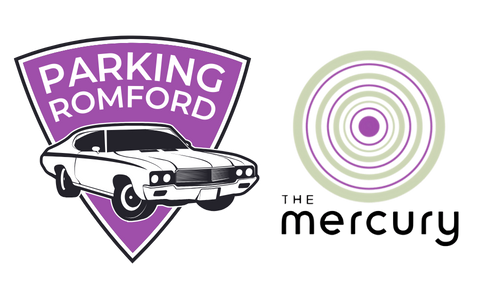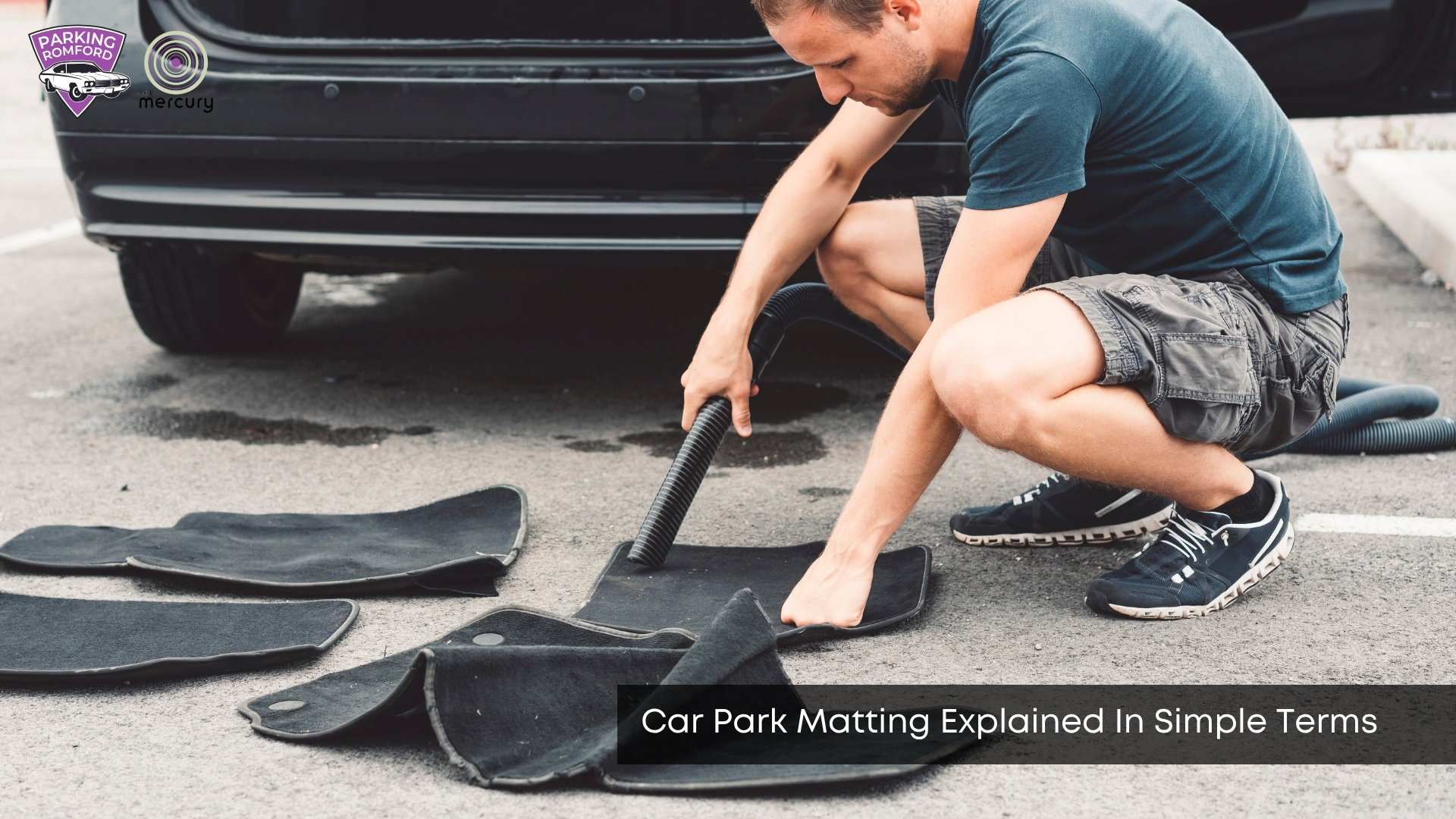Car park matting is a simple surface system used to create stable parking areas over grass, gravel, or soft ground. It’s popular for temporary and long-term use in driveways, event fields, overflow zones, and construction areas. Made from plastic, rubber or composite materials, it helps prevent vehicles from sinking or slipping. Many people choose it for ease of use and environmental benefits. Let’s start by understanding exactly what this material is.
What Is Car Park Matting?
Car park matting is a layer of panels or grids placed over the ground to create a solid and safe parking surface. It helps distribute the weight of vehicles evenly, preventing damage to soft areas like grass or loose gravel. Matting improves grip and stability in all weather conditions. It’s easy to install and suits different parking needs. So why are more car parks choosing matting systems today?
Why Do Car Parks Use Matting Solutions?
Car parks use matting to protect the ground, improve drainage, and reduce the need for paving or concrete. It’s useful for seasonal use or areas with heavy foot and vehicle traffic. Many businesses and homeowners choose it for cost savings and ease of removal. You can also use it to add a parking space quickly during peak times. The next consideration is the various types of matting available.
What Types of Car Park Matting Are Available?
There are grid mats for grass, solid heavy-duty panels, and flexible temporary mats made from plastic or rubber. Grass reinforcement grids enable grass to grow through while providing strength. Heavy-duty mats support vans and lorries on construction sites. Flexible mats are perfect for weekend events or home driveways. The best type for you depends partly on the material it’s made from.
How Do Materials Differ Between Matting Types?
Car park matting is often made from recycled plastic, natural rubber, or reinforced composite blends. Plastic is lightweight and affordable, while rubber offers good grip and flexibility. Composite mats provide extra strength for larger vehicles. The right material depends on how much weight and wear the surface will handle. Durability also matters when conditions get rough.
Can Car Park Matting Handle Heavy Vehicles and Bad Weather?
Yes, most high-quality car park mats are designed to support cars, vans, and even trucks in all weather conditions. The mats stay firm in rain, heat, and frost without losing shape. Many have textured surfaces to reduce slipping during storms or snow. Some mats even improve grip for pedestrians. But supporting weight is only one part of what makes matting effective on soft ground.
How Does Car Park Matting Help with Drainage and Ground Stability?
Matting helps water drain through or around the surface, reducing puddles and preventing mud from accumulating. Many mats are designed with gaps or channels to let rain pass through easily. This also keeps the parking area from becoming uneven over time. When water flows properly, the ground underneath stays firm and usable. These features play a big role in the overall benefits.
What Are the Main Benefits of Using Car Park Matting?
The biggest benefits include fast setup, reduced maintenance, safer parking, and protection of natural ground. Matting can be temporary or permanent, depending on your needs. It often costs less than concrete or asphalt and doesn’t require digging or curing. Some mats are even reusable and eco-friendly. But like any solution, you should also be aware of the downsides.
Are There Any Drawbacks to Be Aware Of?
Yes, some lightweight mats may wear down with constant use, and mats without anchors can move slightly on loose ground. You may need to clean mud or debris off from time to time. Heavy-duty options cost more but last longer. Knowing these trade-offs will help you prepare for maintenance and usage. Before installing it yourself, it’s essential to understand the process.
How Is Car Park Matting Installed and Can You Do It Yourself?
Most car park mats are laid out and clipped or pegged into place without the need for special tools, and many people install them themselves. A level surface helps ensure a better result. For large or commercial spaces, professional fitting may be more efficient. Once in place, you can usually park straight away. Naturally, people also want to know what the costs look like.
How Much Does Car Park Matting Cost and Is It Worth It?
Car park matting ranges from about £10 to £50 per square metre, depending on the quality and strength. Basic mats are suitable for light use and home projects, while long-stay surfaces often require premium mats designed for trucks and frequent movement. Compared to concrete or paving, it’s often more flexible and affordable. However, the ideal mat also depends on the surface on which it is placed.
What’s the Best Matting for Grass, Gravel, or Temporary Setups?
Grass grids work best on lawns or fields, gravel mats keep stone in place, and plastic panels suit pop-up or event parking. Some mats are designed specifically for uneven ground. Choose based on how often the surface will be used and the types of vehicles it will support. Knowing where to get them next can also simplify your planning.
Where Can You Purchase or Hire Car Park Matting?
You can buy or rent car park matting from building merchants, plant hire companies, and online stores. Some retailers offer next-day delivery and setup guides. Hiring is ideal for short-term use, such as festivals or shows, while buying suits is long-term or for repeat needs. You’ll want to compare a few suppliers to find one that matches the mat to your ground type and goals. For more location-specific parking advice and updates, visit Parking Romford.
What’s the Best Way to Choose the Right Car Park Matting for You?
The best way to choose is to match the matting type and material to your ground surface, expected load, and usage pattern. Think about whether it’s for daily, seasonal, or emergency use. Weigh the cost, ease of setup, and maintenance before making a decision. Look for mats that meet your site’s weather, weight, and drainage demands. Once you’ve covered these key points, picking the right matting becomes a straightforward task. For a broader view on how different ground types perform, read more about car park surfacing.


Leave a Reply